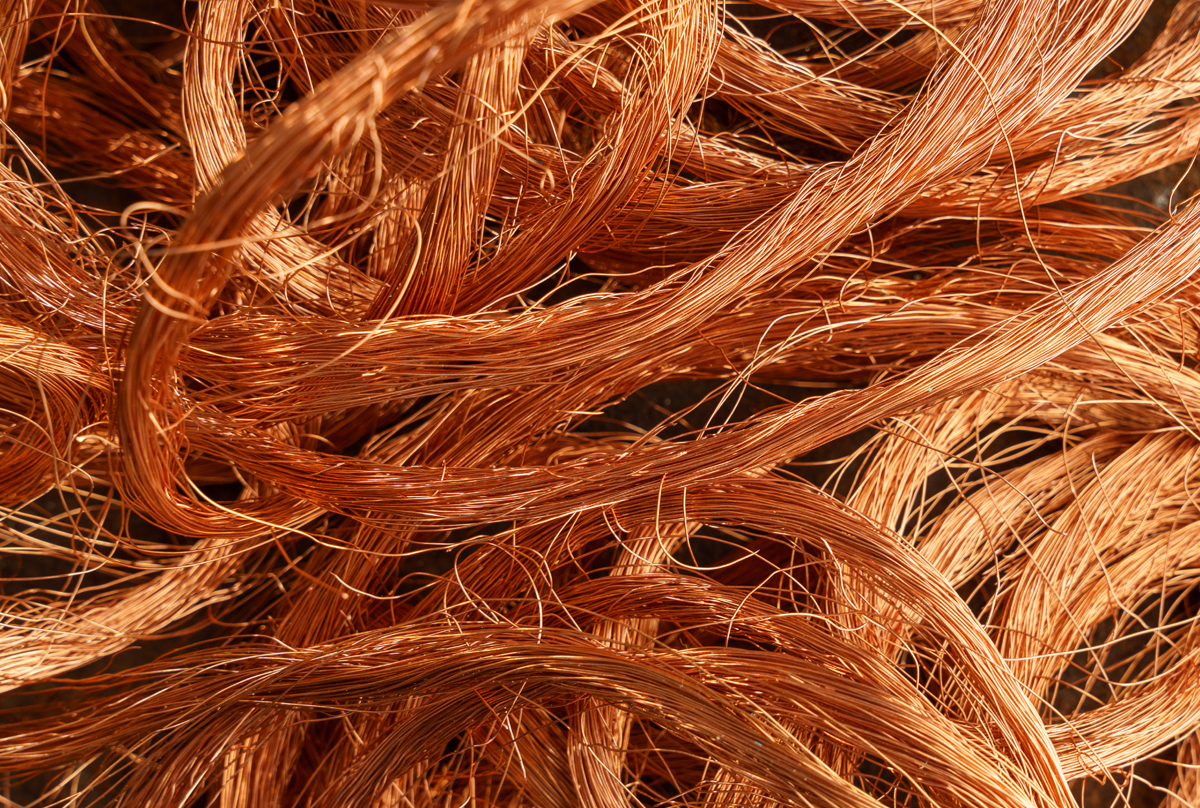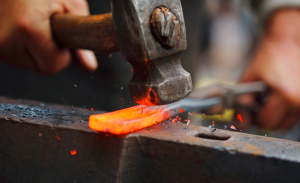What’s the Difference between Ferrous and Non-Ferrous Metals

Here at Taroni’s we scrap a wide range of metals. A question we regularly get asked is “what’s the difference between ferrous and non-ferrous metals?”
Both ferrous and non-ferrous metals, can be recycled. Both categories encompasse a diverse range of metals, each finding its niche in various industries. What defines ferrous from non-ferrous is the presence, or absence, of iron. Ferrous metals contain iron, while their non-ferrous counterparts remain devoid of this element.
Ferrous metals are used for strength. Think automotive components, construction, or robust railway infrastructure.
Non-ferrous metals, are the preferred choice for applications exposed to the elements, such as water or natural forces. Their lack of iron means they are more resilient to rust.
Diving deeper, let’s explore the applications of these metal categories.
Ferrous Metals:
Ferrous metals traces back to approximately 1,200 BC, marking the dawn of the Iron Age. Since then they have been used to create everything from soaring skyscrapers to industrial infrastructure. Ferrous metals, particularly carbon steel, underpin the modern world’s architectural prowess. (Steel the world’s most recycled material)

Non-Ferrous Metals:
Non-ferrous metal’s resistance to rust and corrosion, makes them perfect for outdoor applications and electronic circuits. Non-ferrous metals are alloys or metals that do not contain any appreciable amounts of iron. All pure metals are non-ferrous elements, except for iron (Fe), which is also called ferrite from the Latin ‘ferrum,’ meaning “iron.”
Non-ferrous metals are perfect for construction, making tools, electrical cables, vehicle engines, pipelines, containers, and even cutlery.


